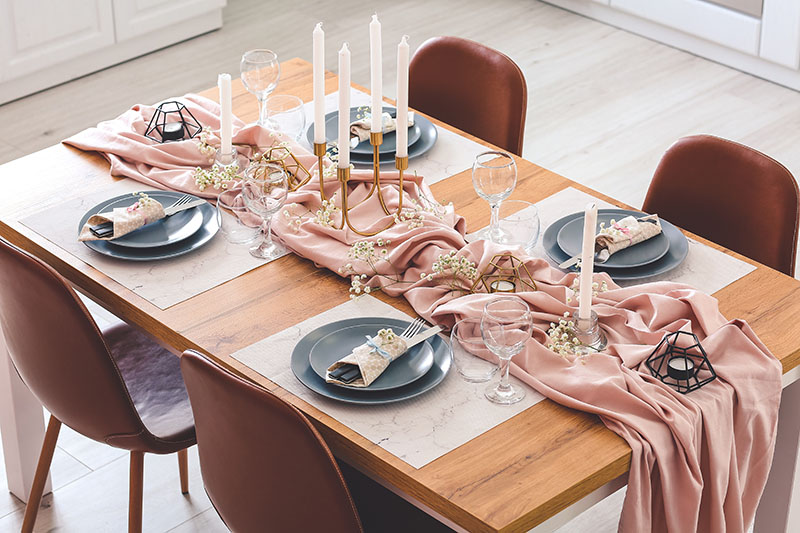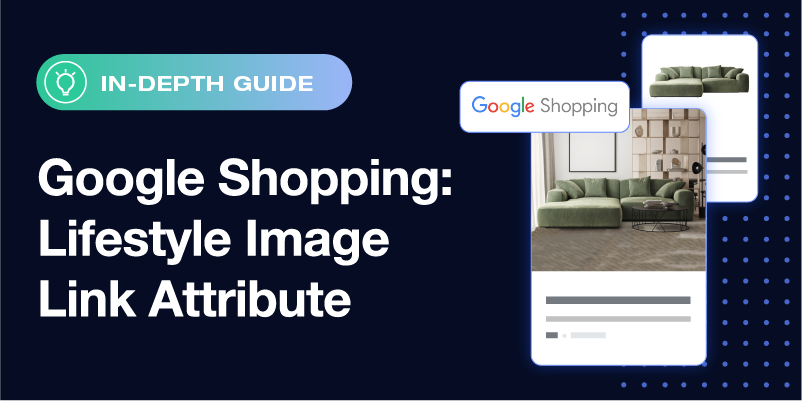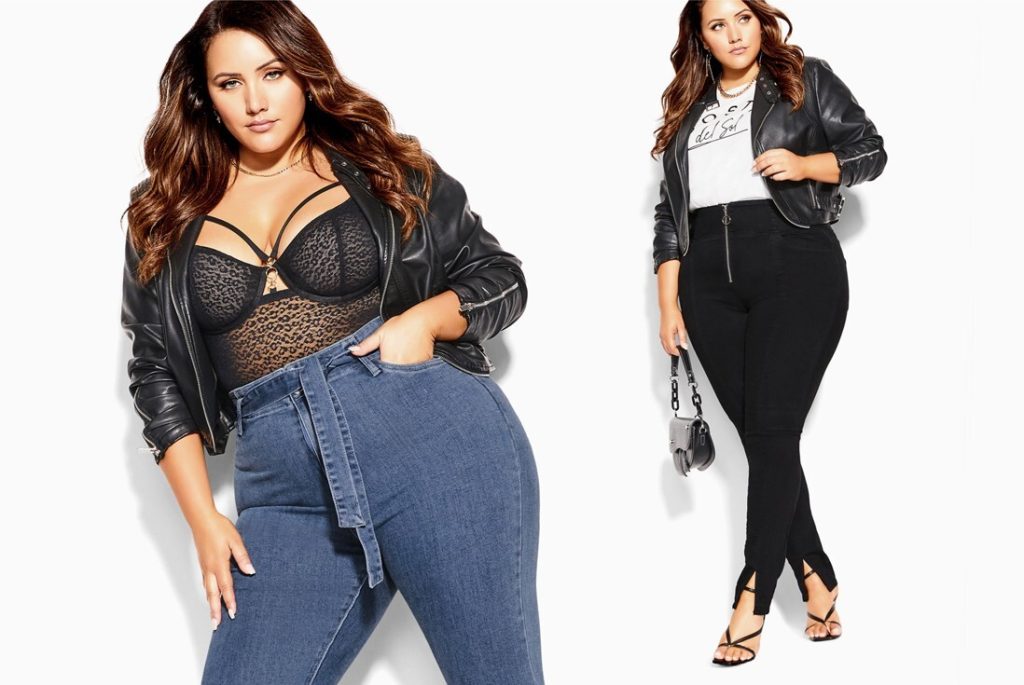If you’re not using the lifestyle image link attribute for your Google Shopping products, you’re missing out on a unique opportunity to connect with your customers.
According to a study from Motista, emotionally connected customers spend more with a preferred brand, have a higher lifetime value, and are more likely to recommend a brand than customers who are simply satisfied. Lifestyle images allow you to capitalize on that by creating positive emotional connections to your product.
Not totally convinced? Consider which of these two options stirs up an emotional response in you:
A) A red snow blower set against a white background
B) The look of accomplishment on a father’s face as he clears his driveway, shiny red snowblower firmly in his grasp. His children are in the background playing with their dog in the snow and his wife stands in the doorway sipping a mug of hot cocoa.
Lifestyle images allow you to connect with customers by telling stories that go beyond the product specifications. These images offer a snapshot of what life with the product could be, bypassing the part of the brain that says, “Wait a minute, I live in Houston!”
Keep reading to learn more about Google’s lifestyle image attribute and for additional insights from our partners at X Agency.

Courtesy of X Agency
“If you want to have better results than your competitors, you need to do what they’re not doing. Sometimes, that is adding lifestyle images to your ad creative mix.
The level of importance depends on the product category. For some, like apparel, it’s a must. For others, like furniture, it might be a good test to stand out from the competition, but not always necessary.”
How to use the Google Shopping lifestyle image link attribute
The lifestyle image link attribute [lifestyle_image_link] is an optional field in your Google Shopping feed where you submit the lifestyle image URL of a product.
Lifestyle images can display a person using your product, but they can also include your product in a natural setting—like cardinals feasting from a bird feeder or a coffee table in a cozy living room. A good lifestyle image gives shoppers more context of the product’s use, while also prompting an emotional connection.
Google Discovery campaigns can use attributes from your feed, including [lifestyle_image_link], to automatically create ads that surface on YouTube, Discover and Gmail.
“Lifestyle images are great for brand awareness campaigns like discovery campaigns, display ads, and upper-funnel keywords, such as ‘plus-size apparel.’ Generally, when your brand is new to somebody, it’s easier to establish credibility and draw the user in with lifestyle images.”
Learn how Feedonomics helps X Agency increase client revenue and ROI with optimized product feeds.
Requirements
According to Google’s Help Center, these are the basic requirements for using the Google Shopping [lifestyle_image_link] attribute:
- The URL starts with HTTP or HTTPS and complies with RFC 3986
- The URL links to a supported file format: GIF (.gif), JPEG (.jpg/.jpeg), PNG (.png), BMP (.bmp), and TIFF (.tif/.tiff)
- The image’s file extension should correspond to its format.
- Replace any symbols or spaces in the link with URL-encoded entities.
- Make sure Google can crawl your URL.
- Use images with a minimum resolution of 600 X 600 pixels and an aspect ratio between 2:0 and 2:3
- Don’t use images that contain promotional elements or other text.
- Don’t use borders or padding to meet aspect ratio requirements.
Best practices
These are the best practices for using the Google Shopping [lifestyle_image_link] attribute:
- Use a stable URL.
- Use images that focus on one product or a set of products.
- Choose an image that focuses on your product being used or showcased in a real-world context.
- Ensure the best performance by using the highest quality images. You can use image sizes of up to 64 megapixels and 16MB.
- Let Google know when you’ve added or updated an image, so it can crawl the image and show it to customers as soon as possible.
- Don’t scale up an image or submit a thumbnail.
“Lifestyle images tend to do really well when you have a product that needs to be ‘tried on,’ if you will. For example, apparel, jewelry, or shoes. For products like this, we recommend lifestyle imagery in order to better showcase the product in real life. It allows the potential customer to see themselves with the product—to try it on without actually trying it on.
If the product is something that you do not need to try on, we recommend using product images. In these situations, lifestyle images often distract from the product itself. However, as leaders in the industry, a caveat to the rule is this: if all of your competitors are running one type of image (lifestyle or product), we recommend testing the opposite in order to stand out.”
Courtesy of X Agency
How to decide if lifestyle images are right for your ads
When experimenting with any new attribute, it’s never a bad idea to try a series of A/B tests and see what works. A/B testing images helps you discover if product images or lifestyle images yield the best results for your ad campaigns. If you have a large catalog, but only a few lifestyle images for your bestsellers, testing can help you determine how important it is to schedule another photo shoot to get lifestyle images for all your products.
In addition to supporting A/B tests by adjusting and segmenting your product feed, Feedonomics optimizes your data for Google Shopping to ensure your listings are search relevant to reach converting customers. X Agency achieved a 60 to 80% increase in ROAS for its clients by working with Feedonomics. Learn how Feedonomics’ full-service solution for advertising can help you save time and resources on feed management.

With its leading data feed management platform, Feedonomics helps brands, retailers, and agencies optimize and list products on hundreds of shopping destinations around the world. Learn more about our full-service solutions for advertising channels and marketplaces.






